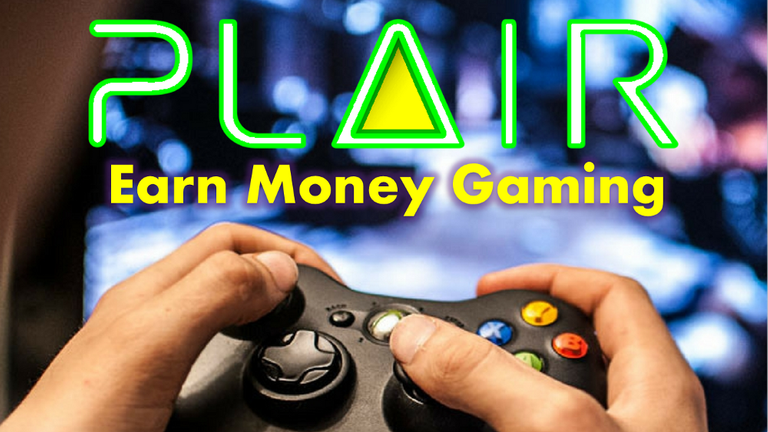
Do you know that many crypto investors are actually gamers? There’s a significant overlap in the gaming and crypto community. Back in the day, many of the world’s first crypto miners were gamers who owned the most powerful graphics cards for gaming and they used the excess power on their gaming graphics cards to mine for Bitcoin.
So there is definitely an overlap of the digitalised communities of crypto and gaming. It’s no surprise then that over the past couple of years, we have seen many video game related blockchain projects e.g. Enjin, Wax etc.. come into the space.
Plair is a video-game focused public blockchain platform, that aims to build community, content and rewards for the average gamer. If you want to learn how to earn cryptocurrency from playing your favourite game, keep watching reading this article!
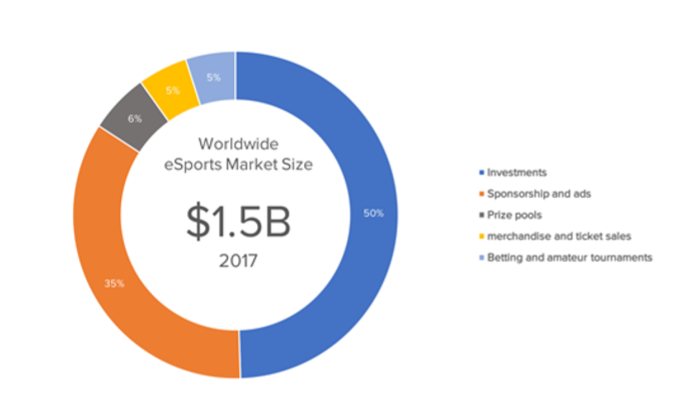
The gaming industry generated a revenue of $116 billion in 2017. That was more than a 10% growth from the previous year. There are currently over 200 million amateur eSports players across the globe and this is expected to grow to 1 billion eSports fans by 2025.
Many online games like LOL for example are free to play. The game company earns money from option in-game add-ons e.g. skins. Once Riot, the company behind LOL starting organising team tournaments, their annual revenue grew from 85.3million to a whooping $1.2 billion in 1 year. That’s a 1500% growth in one year. No wonder big gaming companies are moving towards Esports and tournaments.
But despite a $1.5 Billion Esport market size last year, only 6% of that market share went to rewarding gamers in the form of prizes, and almost all of it went to professional gamers, leaving the average gamer like you and me, no chance of earning any money in an otherwise lucrative industry.
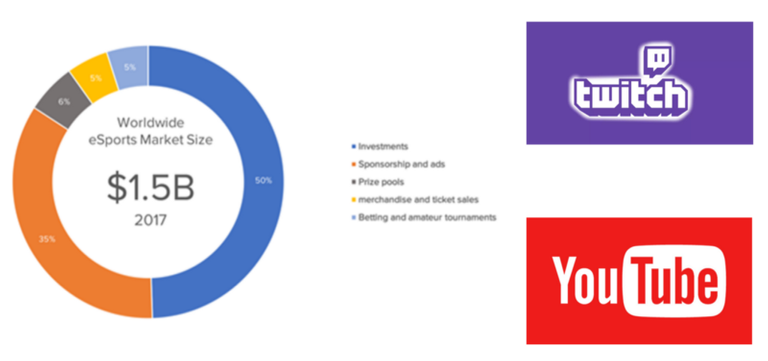
Besides game content, streaming content, is also a very lucrative business, and game streaming generated $3.8 billion in 2015, with Twitch and Youtube monopololising the scene with 43% and 36% of the markets share. So that’s around 80% of the $3.8 billion dollar market going to 2 companies only. And once again, very little of that profit goes to the content creator, a large part of it is kept by the big companies.
That’s where Plair comes in. Plair is a blockchain project that is decentralising gaming and streaming profits by creating avenues for the average gamer (like you and me) to earn money. This is done not only through playing and competing with other players, but also through community building features e.g. streaming videos or content management of videos, articles, forums etc… They are also a platform, which means more and more Dapps and features can be added in the future.
Because we are right at the beginning of the project, or Phase 1 as they call it, most of the features I will be covering in this review are onlyPhase 1 features, so it’s really only the tip of the Iceberg of this project. Phase 2 and 3 details will be released in the future and will have their own whitepaper.
Without further ado, lets now take a look at some of the features.
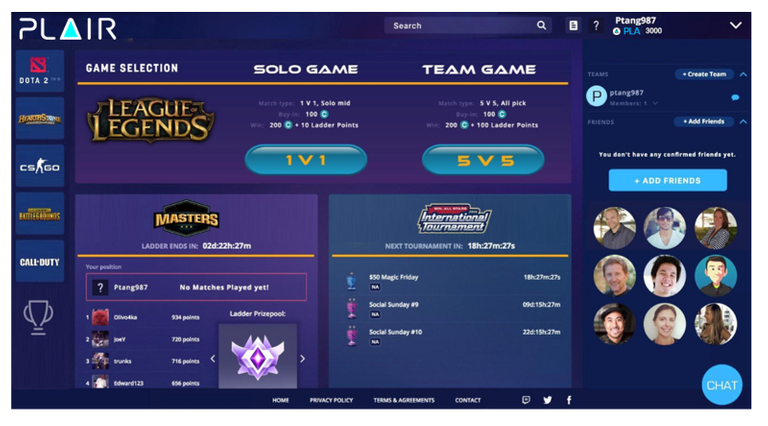
The first feature will of course be competing with other players. Matches can be in the standard gameplay e.g. 5v5 in MOBA, or even a new gameplay mode e.g. 1v1 mid laner match for MOBA games such as LOL. Players have to stake PLA tokens before the match and the winner will earn both PLA tokens but also reputation points.
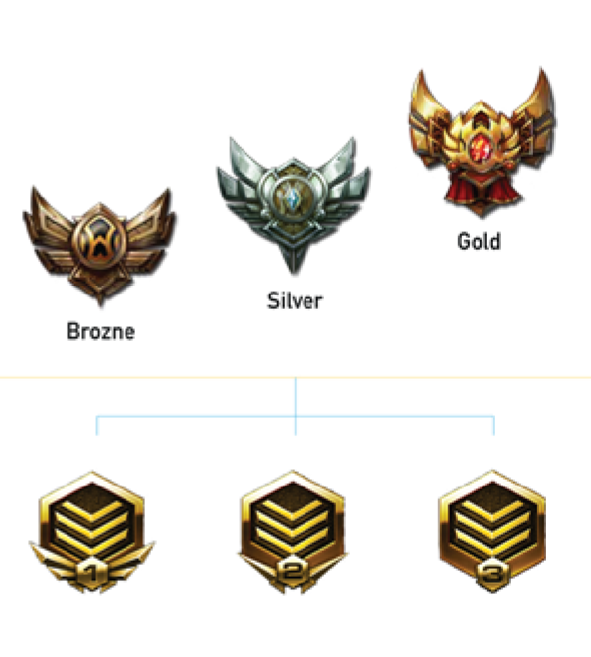
Reputation points are a feature in system that allows a player to level up, and not only will there be an AI system to match them to the appropriate opponent based on their reputation, but after reaching a certain reputation score, the player becomes a veteran player and can apply to become a mentor or coach for less experienced players. Of course, the coach will be remunerated with tokens for this service, and this feature allows both the experienced player to earn tokens, and also allows the less experience players to have easy assess to coaching and improve their skills. Something which is much lacking in the current gaming scene. Coaches can be rated by the players after each lesson to help future players choose the best coach for them.

Besides informal matches, there will also be tournament matches as well.
Players can even organise their own tournaments and set their own rewards.
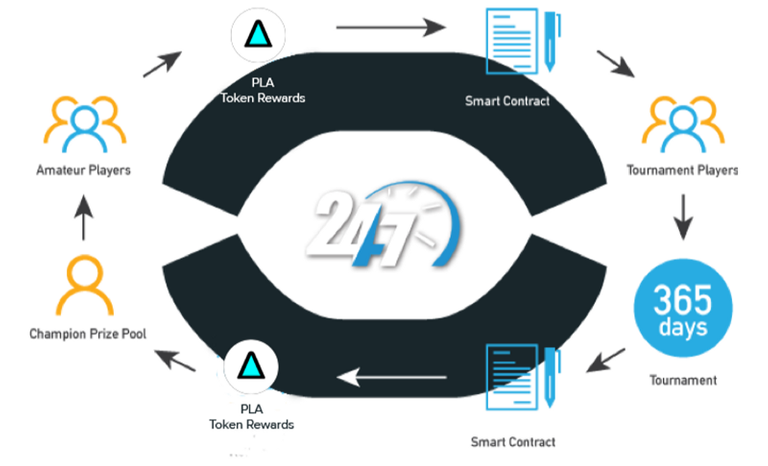
The entire process of matchmaking and payouts, is automated. It is an AI machine that does the matchmaking, and it is smart contracts that hold the initial deposit as an escrow and releases it once the match is over.
Because it is blockchain and decentralised driven, the result verification system is resilient against fraud, false reporting or other interferences.
If however, a player was unhappy with the outcome, he can contest the result. The match will then go a separate body known as the Tribunal for judging.

The entire process of matchmaking and payouts, is automated. It is an AI machine that does the matchmaking, and it is smart contracts that hold the initial deposit as an escrow and releases it once the match is over.
Because it is blockchain and decentralised driven, the result verification system is resilient against fraud, false reporting or other interferences.
If however, a player was unhappy with the outcome, he can contest the result. The match will then go a separate body known as the Tribunal for judging.
Besides playing games, another way to earn PLA tokens is mine it. Mining is done by installing a software on your desktop that contributes processing power to help process game data for the pool node. People running such a pool node will be rewarded with PLA.
Anyone with PLA tokens AND a pool node can volunteer to be part of a tribunal pool and be rewarded for their efforts. In the case of a contested match, at least 2 users from the Tribunal pool will be selected at random to review the match. It can be more than 2 users, it could even be 20 users. All the tribunal reviewers must vote for the outcome to be validated.
It doesn’t say in the whitepaper what the penalty is for the person found to be in the wrong, but we can expect a serious penalty as the whitepaper makes it clear that the team takes causing harm to the ecosystem seriously. So this will strongly discourage negative in-game behavior like trolling or AFK.

Another common problem in amateur games is smurfing. Any gamers know what smurfing is. Smurfing in gaming is not the blue creature up there. Smurfing is a behavior where a professional gamer sets up a second account and pretend to be a beginner player and then enters a beginner game and bullies less experienced gamers. Smurfing is a big problem in online gaming today because it is makes it hard for the beginners to enjoy and learn the game, and on the Plair platform where tokens are at stake for winning or losing a game, the consequences are potentially much more serious.
Plair will do it’s best to protect users against smurfing, but
i. Tracking user’s IP address. If a user is caught creating multiple accounts with the same IP address, they will receive a warning and could potentially be banned.
ii. Setting limits on how large a pool can be for new accounts. So users will need to play a certain amount on each account before being allowed to run their own pool tournaments. This discourages smurfing because a smurf would have to waste a lot of time levelling each new account.
iii. Allowing players to monitor each other. So again if the loser feels the opponent was smurfing, he could report this to the tribunal who will look into the case and punish accordingly. There will also be algorithms in place to catch and punish players who are smurfing.

Some gamers may not want to participate in tournament style gaming. For these players, Plair will offer quests. These are activities you can do without interacting with others. An example of a quests could be e.g. get 5 chicken dinners in day q of PUBG. Successfully completing the reward will grant both PLA tokens as well as reputation points.
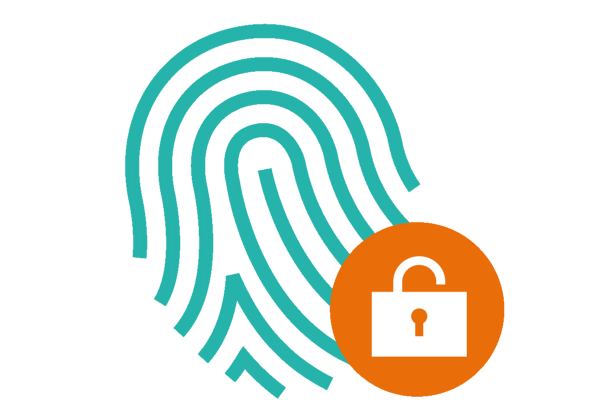
Plair will use VeChain’s VeVID system to do the KYC and set up user identification. Not only does it protect and hide the user’s real identity but it also enables streamlining of payment processing and reward distribution across any game or content.
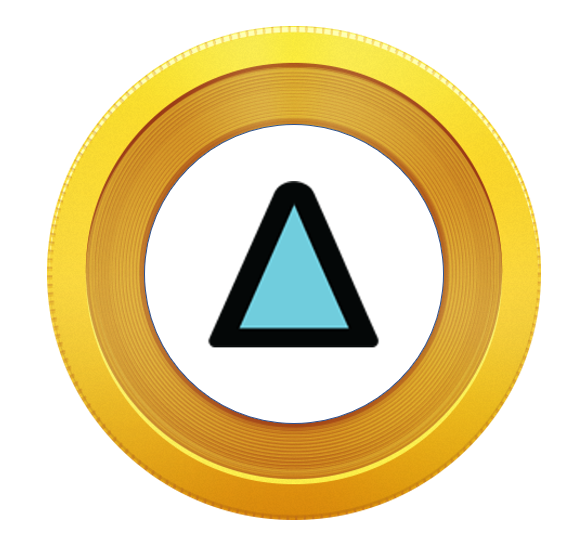
As token investors, we always want to know about Token use, because that’s what gives our crypto currency demand and value.
The entire system runs on the token, from playing matches to voting on the Tribuinal to coaching, ecommerce products, quests, etc.. So there’s a lot of token use, and further more, future features that have not been released yet include paying donations to content providers, paying VeThor to have your steam and content protected through digital property service, paying to rent cloud computing machines, advertising space etc…
Other future ways of earning PLA will also including lending CPU or GPU or bandwidth, streaming content/ viewership, or using the platform as a milemarker for CND.
The other factor to consider as token investors is inflation of the project. Is the entire Plair project a profitable endeavour?
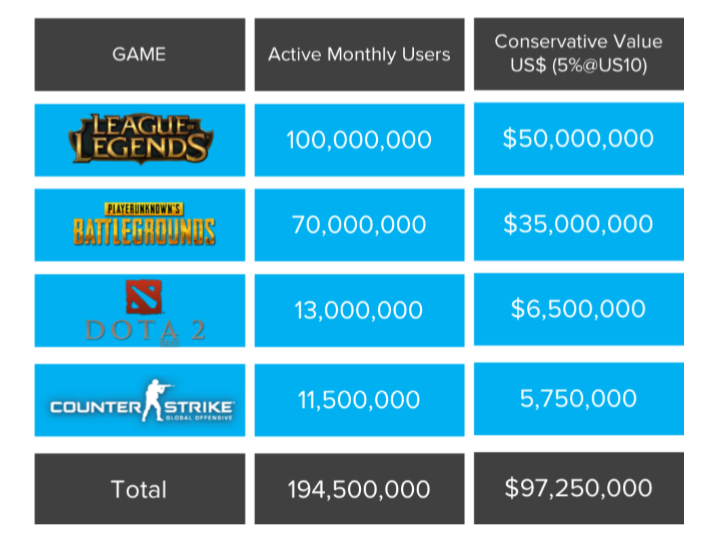
Plair did a very conservative estimate of potential earning and this was based on the assumption that a player of a game would participate in ten games per month (that’s not much at all, some of us would play ten games a day), and just based on the 4 games listed above, that would bring in an annual revenue of $97 million. And that’s again a very conservative estimate based on 4 games only and 10 games participation a month.
The hardcap for their token sale (which we will take a look at in just a minute) is only set at $30million. $97 million is more than triple that. So just based on numbers, as token investors it appears lucrative.
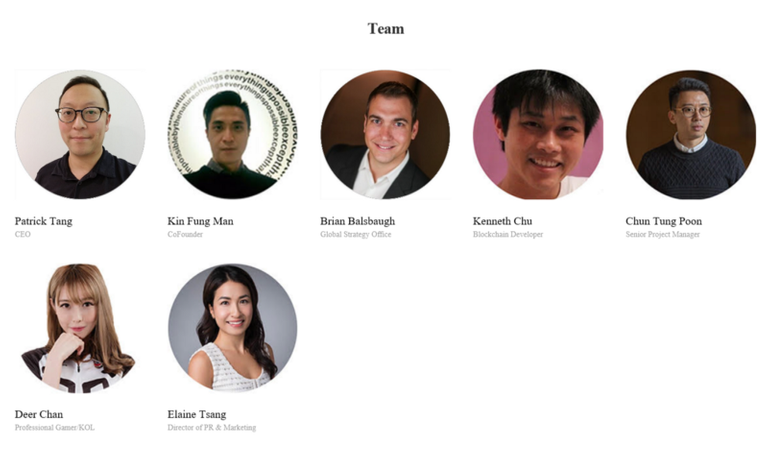
This is the team behind the project. As always I’l go through a couple of them and leave the rest to you.
Patrick Tang is their CEO. He’s founded several startups and hardware companies with a strong tech background working for companies such as Dell and EMC. He is also an avid gamer who plays CS:GO.
Man Kin Fung is one of their co-founders. He is also the founder of Global Esports, and managed the number one female professional Esports team in Hong Kong. He is the organise of one of the largest amateur Epsorts events in Asia, the Asia City League (ACL). He was also the previous co-founder of Memoriki Limited, a leading game publisher.
You can go through the rest of the team’s resume in your own time. Many of them are gamers, one of the ladies, Deer Chan is the leader of the top Hong Kong LOL team and she will also be playing and mentoring on Plair platform. There’s also quite a bit of tech experience with their senior project manager having blockchain experience. So overall a small but solid team.
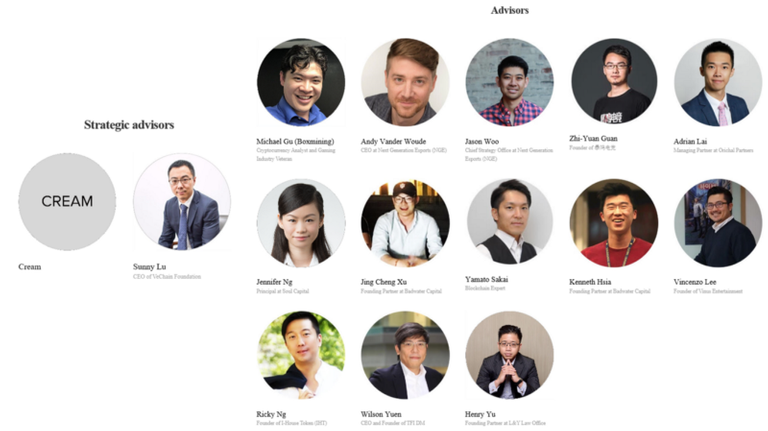
This is the list of advisors. There are more advisors listed than team members, which is interesting.
One of their strategic advisors is none other than Sunny Lu, the CEO of VeChain. So that’s huge.
There’s also another strategic investor called Cream, who is a crypto merchant bank. I tried googling them, but didn’t find much information about them.
Under general advisors, they have Boxmining. Boxmining is a crypto youtuber who brings great value to the space and he will be their first public advisor.
They’ve also got Zhi Yuan Guan, who was the previous manager at Tencent’s mobile game division and launched several popular games. He has also formed a new Esports focused company and already raised over $7 million in its round A found raising.
They also have the CEO and CSO of Next Generation Esports one of North America’s largest content providers on board.
And you can go through the rest of the advisor’s resume in your own time, very solid team, definitely inspires confidence.
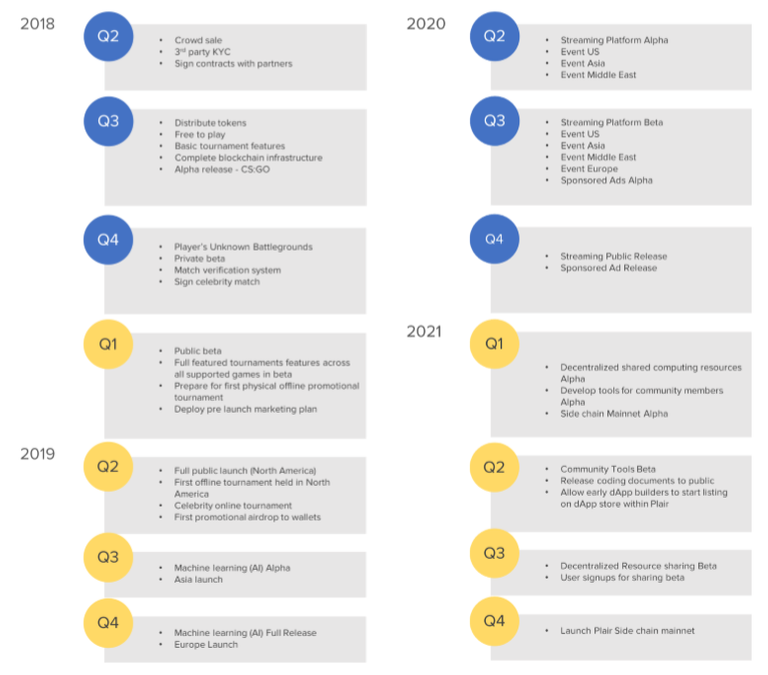
This is the roadmap. It’s a good example of a good roadmap with clear milestones, not too detailed, not to sparse. And it goes on until the end of 2021.
Main things to highlight are, whitelist for public sale is happening now. Q3 will see the release of basic tournament features, with an Alpha release of CS:GO.
Q4 of 2018 will be the private beta and match verification system, and Q1 of 2019 will be the public beta. It is only Q2 of 2019, so 1 year from now that we will see the public launch in North America, and Asia and Europe launch will follow in Q3 and Q4 respectively.
I wonder why they are starting in North America, because other similar gaming projects tend to start in Asia because Asia accounts for about 50% of all the world’s online gaming revenue, much more than North America.
In 2020 and 2021, we will see Plair take a turn to develop their own platform with the aim to fully launch their own mainnet with side chains by the end of 2021. So that’s going to be exciting and that’s going to launch the project to a whole new level and market value.
At this point, I should probably mention briefly some of the things we can expect in Phase 2 and Phase 3 of the project. As I explained at the start, the current whitepaper and all the features I have outlined, is really only the first Phase of the Plair project. Details of Phase 2 and 3 will be released in the future and they will have their own whitepaper, but a brief description of what to expect in those phases are:
Phase 2 is utilising blockchain technology to see Plair create a decentralised streaming network. There will be more rewarding features through watching, participating, and lending resources to streams and videos. So that’s when they will take on Twitch and Youtube.
Phase 3 is quite mindblowing, it is when gamers can tap into cloud computing resources to rent, play and stream video games with the combined computing power of the participants. So you can monetise your excess computing power by sharing/ selling it on the decentralised network. Think Substratum, but specifically for gaming. This will essentially solve lagging, poor latency or ping in gaming, which will be absolutely huge. In Phase 3 also, Plair will also SDKs and resources to allow additional gaming Dapps to be built on the Plair platform.
So this is really a project with a massive scope, from an investor’s perspective, it’s looking like a long Hodl, but with potential for huge returns.
Finally, let’s take a look at the token mechanics for the ICO fundraising.
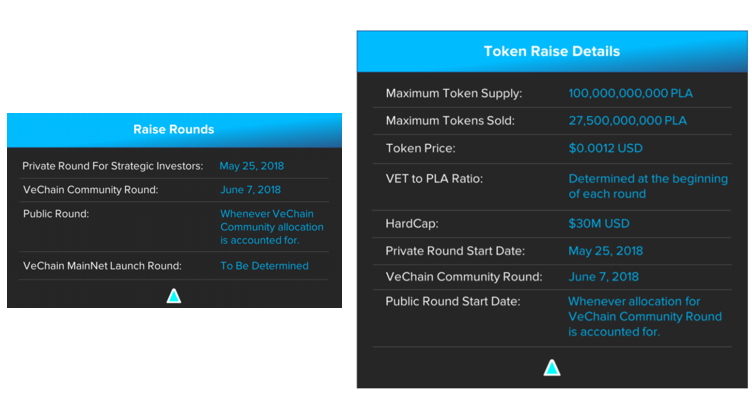
The fundraising will be done in 3 rounds, private round which has already finished, Vechain community round with is happening now and Public Round when the community round finished.
There will be a total of 100 billion tokens, that is a lot, of which 25% will be used in the ICO with a hardcap of $30million USD. Another 2.5% will be sold in a special MainNet Launch. So totalling 27.5% of all tokens sold. Usual range for ICOs is around 30–40% of tokens sold, so this is slightly less, but not too significant.
The token price at ICO will be 0.12 cents. $30 million is a very average figure to raise, Telegram is trying to raise $2 billion for their ICO, so in comparison, $30 million is very reasonable and I believe they will hit hardcap very quickly. Furthermore, first ICOs for good platforms e.g. NEO, ICON etc.. tend to be very popular and have a lot of community hype, and I expect the same for Plair, that they will have a lot of hype and awareness amongst the Vechain community.
KYC and Whitelist is required, so if you’re interested, make sure you sign up for it now.
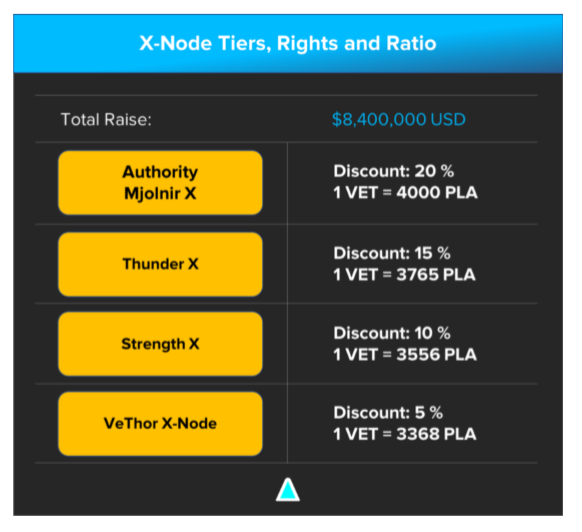
In the VeChain community round, all community members an participate, but there will be a discount for X-node holders, ranging from 5%- 20%. If you want to learn more about X-nodes, please refer to our post “Vechain: Everything you need to know”.
Plair has announced they will do 85% of their sales with VET tokens.
For the VeChain community round, there is a minimum investment of 300 VET tokens, and in the public round, there will be a minimum of 100 VET tokens.
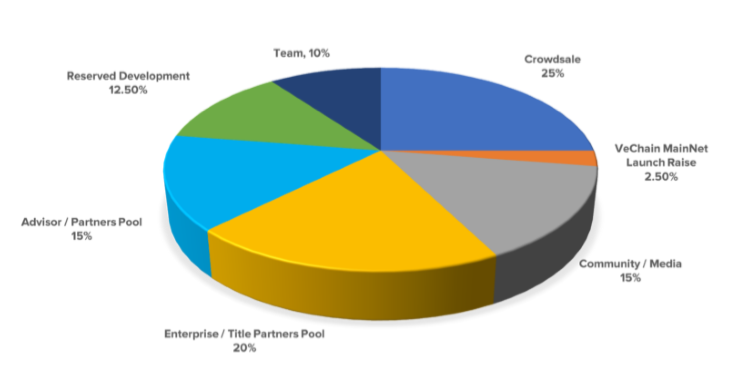
The team will receive 10% of the total supply as payment, but their share will be locked in for 24 months. That’s always a good sign that they are confident the project will be successful, because if it fails before then, the team essentially get no benefits.
The advisors and partners pool will get 15% and their Enterprise and Title Partners Pool is 20%. This sounds huge, but if I think about it, this includes the games they have to partner with, and those are big games, so they need a sufficient amount to incentivise those partnerships.
15% of the total supply is also reserved to reward the community members for various contributions to the projects, so maybe a bounty or referral program of some sort, we’ll have to wait and see. But it is a generous allocation and something we can look forward to.
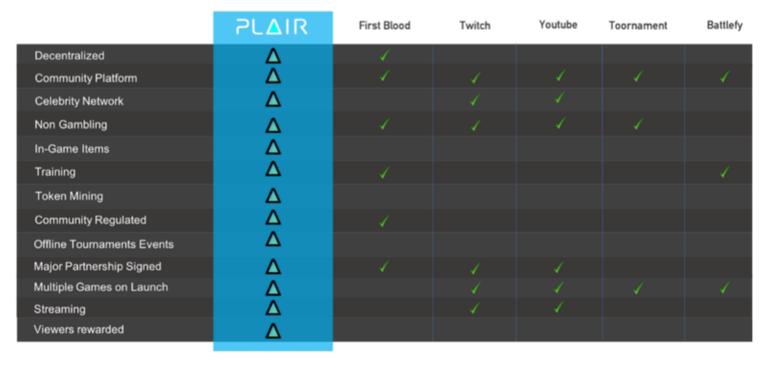
In conclusion, there is no current project like Plair. They are aiming to be like Bountie (blockchain project which rewards average gamers), Twitch and Youtube (streaming gaming content), Enjin and Wax (in-game items market), Tournament hosting as well as offer other unique features like coaching, token mining etc.. It will be a single platform with a single currency that will be used by all tournaments for all games. And in the longer term, they will be a main net with their own Dapps and ecosystem.
And as the very first ICO of Vechain, this is a project that will definitely have a great market awareness and hype with a fairly low hardcap with a lot of room to grow. So personally, I think Plair is a project worth keep an eye on.
I am not a professional and this is not professional advice, so always do your own research and make your own decision.
Thank you so much for reading this article. If you liked it, definitely give it that upvote so that others can find it too. Have a great day and I’l catch you guys with another article soon!
Hi! I am a robot. I just upvoted you! I found similar content that readers might be interested in:
https://hackernoon.com/plair-pla-distributing-wealth-to-gamers-f878f569276c